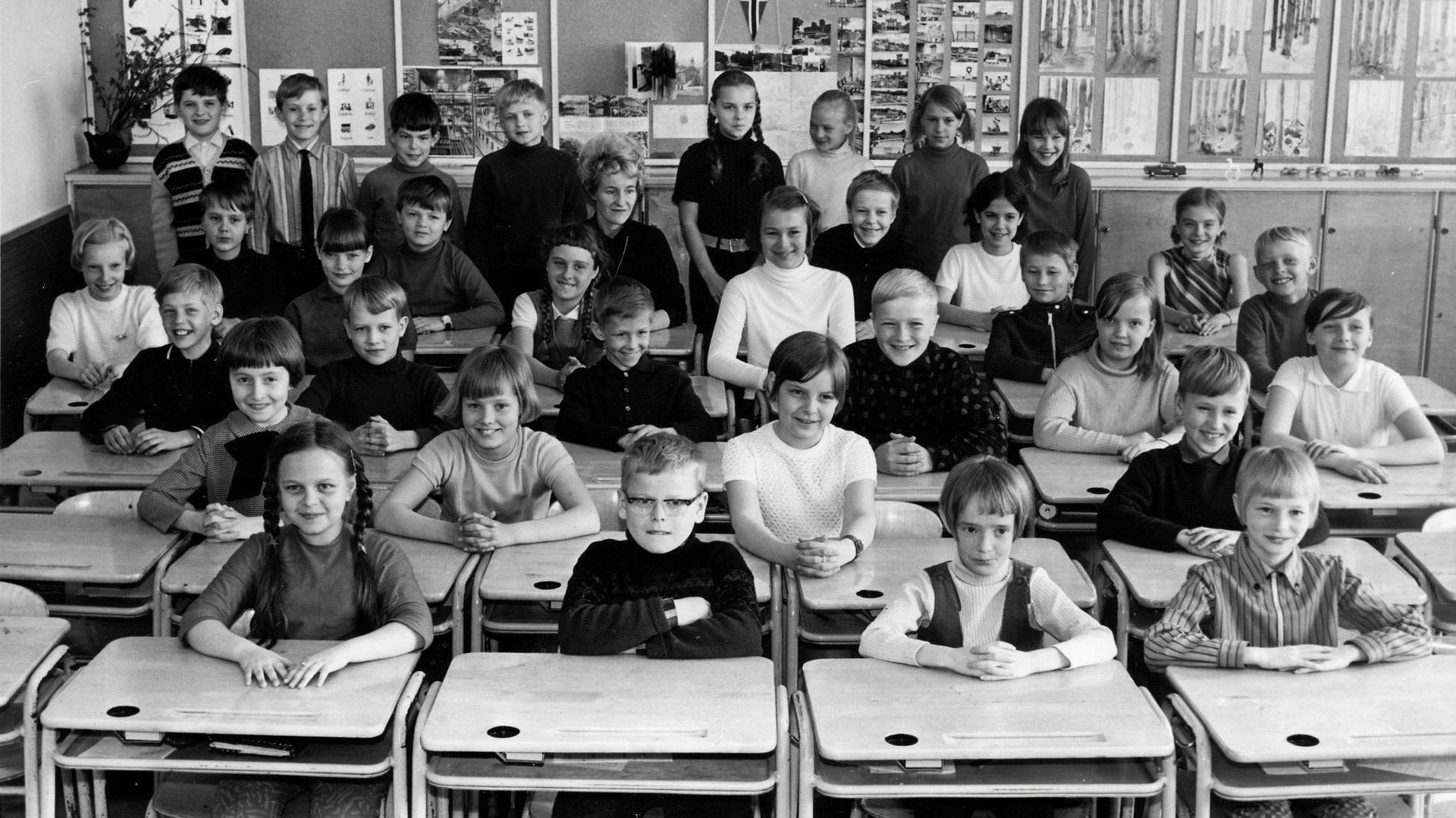When it comes to education, Finland is not as perfect as we think it is
Girls score higher than boys on reading tests at every grade and every age in pretty much every country. This has been the case for a very long time.


Girls score higher than boys on reading tests at every grade and every age in pretty much every country. This has been the case for a very long time.
But the largest gender gap in reading ability in the world can be found in Finland, a country whose education system has been celebrated ad nauseum since it rose to first place in a key international test of skills among 15 and 16-year-olds, the OECD’s Program of International Student Achievement (PISA), in 2000.
The latest rankings reveal some not-so-sunny findings for Finland. In reading assessments, their girls outperformed their boys by 62 points, the largest gap of any country and twice that of the US. Girls scored 556 and boys 494, according to an analysis by Tom Loveless at the Brookings Institution Brown Center on Education Policy.
Loveless writes:
To put this gap in perspective, consider that Finland’s renowned superiority on PISA tests is completely dependent on Finnish girls. Finland’s boys’ score of 494 is about the same as the international average of 496, and not much above the OECD average for males (478) … Finnish superiority in reading only exists among females.
If there were a country that people would bet on to close the gender gap in reading, it would probably be Finland. Almost everything about the country’s education system has been put on a pedestal: kids start school at seven years old and are permitted ample time to play; they are barely tested and not deluged with homework; teachers are well paid, well-trained, and rigorously selected. The system is so amazing that thousands of educators flock to Finland every year to study the country’s supposed secret sauce.
But boys in Finland (who scored an average of 494 in the latest PISA test) perform roughly the same in reading as boys in the US (482) or the average US student (498). Finland’s Nordic neighbors also show relatively big gender gaps: Finland, Sweden, Iceland, and Norway have four of the six largest gaps in the test.
One popular recommendation for improving boys’ reading scores is to find ways to get them to enjoy reading more. But Loveless looked at reading-enjoyment scores and measured those against gains and losses in achievement—there was no relationship.
There is no single answer—the potential reasons that boys so often lag girls in reading ability are complex and varied:
- Biological/developmental: It’s how they are wired. Boys show more problems learning to read before they attend school, so it can’t be just the system
- Educational: Boys lag girls on social, academic and behavioral measures. Schools don’t do enough to help boys close those gaps
- Cultural: Boys are pushed to sports and non-literary activities, which are considered feminine. Strong role models could nudge more boys toward literacy.
Loveless says educators and policymakers shouldn’t place too much weight on these tests. Many countries cite international assessments when making dramatic changes to education policies. But the headline results say only so much about the effectiveness of any given system—just ask the Finns.
Cropped feature image by Nesster on Flickr, licensed under CC BY-SA 2.0